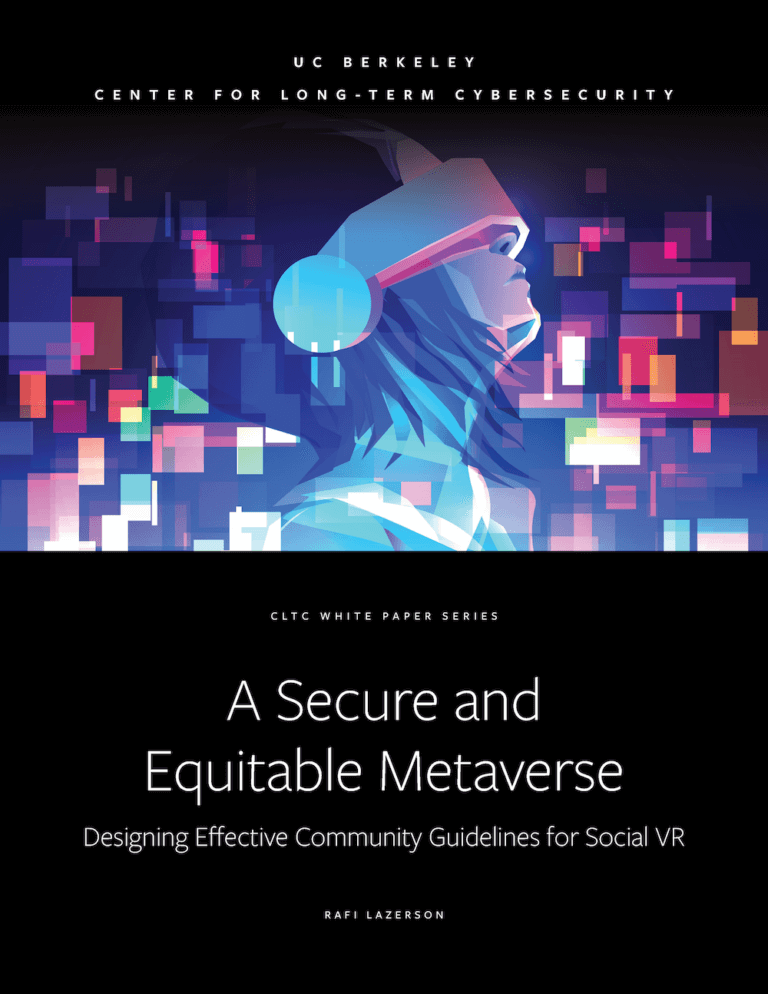Sponsored content
Augmented reality is an innovative technology spearheading the transformation of science fiction into reality. You might even start using hologram armor like Iron Man or command F.R.I.D.A.Y. to do your chores in the near future. One may argue that Alexa is already a step toward Tony Stark’s F.R.I.D.A.Y., but she needs more improvements.
While virtual reality creates an artificial environment that you can be a part of through VR headsets, AR overlays computer-generated information onto the sense of touch, hearing, and vision. Essentially, AR enhances and extends the world that already exists while VR creates a virtual world out of imagination.
AR is introducing people to a new immersive experience beyond entertainment and gaming. That’s why augmented reality has emerged as an effective, sought-after business tool. The technology is used across various industries to solve challenges, including healthcare, retail, military, and business.
As this technology is becoming widely accepted and developers worldwide are building cutting-edge applications for AR, veritable security risks are increasing.
Unfortunately, augmented reality is not immune to these risks. If cybercriminals hack AR systems, there can be detrimental consequences.
Steps to Minimize Augmented Reality Security Risk
Here are some measures to help curtail augmented reality security risks.
Read the Fine Print in Privacy Policies
Who has the time to peruse long data privacy rules? Unfortunately, this flaw results in horrifying implications.
Contrary to popular belief, it is worth your while to scrutinize privacy policies or terms of service, so that you are aware of how AR/VR networks and businesses utilize your information.
For example, you will learn whether the network is sharing your information with third parties for marketing purposes or they have strict data protection rules.
Armed with this knowledge, users decide how much information they want the businesses to acquire.
Install Anti-Malware/Antivirus Software
Anti-malware apps are developed to defend users and devices against cyberattacks like ransomware, viruses, and malware.
So make sure to install formidable software that can protect you against common cyberattacks.
Opt for a Reliable VPN Service Provider
VPNs have become indispensable tools for businesses and individuals for the entirety of their online activities.
If you wonder what is VPN, it stands for a virtual private network. They establish a secure network connection by concealing Internet traffic, especially when using public networks.
Furthermore, VPNs disguise IP addresses, making it challenging for third parties to monitor users’ activities online and loot data.
So, using a VPN service is one of the most efficient ways of keeping your data and identity secure on the web. If it is mandatory to share confidential information, a VPN can safeguard you against compromised sensitive data. Since data is encrypted and scrambled, hackers cannot comprehend your data even if they intercept it.
Only Disclose Necessary Information
When using or working on AR systems, avoid revealing information that is too personal.
For example, you can provide your email address to create an account but only reveal your debit or credit card details if you buy something.
Furthermore, AR servers must have robust security protocols to safeguard user information, data, and identity. Double-check these protocols before using an AR network or services from businesses with this technology.
Implementation of Accurate Filters by AR Portals
The use of accurate filters by AR portals, such as facial recognition software and computer vision algorithms, can streamline image recognition. This will prevent attackers from hacking into users’ profiles and stealing their data.
Run-Of-The-Mill AR Weaknesses
Privacy is a primary concern because AR technologies keep tabs on user activity by collecting user information. So if hackers gain access, the possible loss of data and privacy is harrowing.
AR’s security risks are attributed to the following:
Ransomware
Hackers persistently use the most sophisticated technologies to achieve their pernicious goals. For example, ransomware records user behavior or interactions.
After employing the software and gaining access to user data, hackers may issue threats to release the data publicly unless the user pays a hefty ransom.
Web Browser Dependency
WebAR is browser-dependent. Unfortunately, web browsers do not have in-built AR support functionality. Hence, developers create tools to make AR options available to users. Generally, these tools deactivate the browser’s security filters.
Hence, browsers become vulnerable and highly susceptible to security threats.
Malicious Software
Cybercriminals can plant harmful content through advertising on AR channels, websites, or applications. Users unwittingly clicking on the tampered ads or promo codes get redirected to virus-infected servers or websites.
Then, these unsuspecting users become victims of malware attacks that compromise their data and may even damage their devices.
Stolen Network Credentials
Hacking is a serious cyber threat for retailers implementing AR technology into their shopping applications. Most users already have their mobile payment solutions and credit/debit card details stored in their user profiles. It is easy for attackers to gain access to this data and tamper with the accounts stealthily.
The Threat of Social Engineering
Cybercriminals may employ AR systems to dupe users and provide them with unreliable content as part of social engineering attacks.
For instance, the perception of reality might be distorted via fake signs and displays. As a result, users might be tempted to take some actions by looking at these counterfeit signs and end up becoming a hacker’s victim.
Absence of Standardized Security
AR is an up-and-coming technology, and there’s a long way to go. Moreover, this technology is constantly evolving. As a result, uniform security standards are absent.
ARML or Augmented Reality Markup Language lacks comprehensive security controls, and the implemented security standards are not universally followed.
Besides all these, there’s also the risk of losing the human connection and psychological dependence on virtual worlds, as well as theft or physical harm if you’re wearing augmented reality devices.
Final Words
Security risks are consistently showing an upward trajectory, and you can do nothing to stop these attacks other than protect yourself. If you face security and privacy issues, refer to the techniques mentioned earlier to decrease those risks. Also, remember to stay alert and never click unknown links or download apps from unverified sources.










